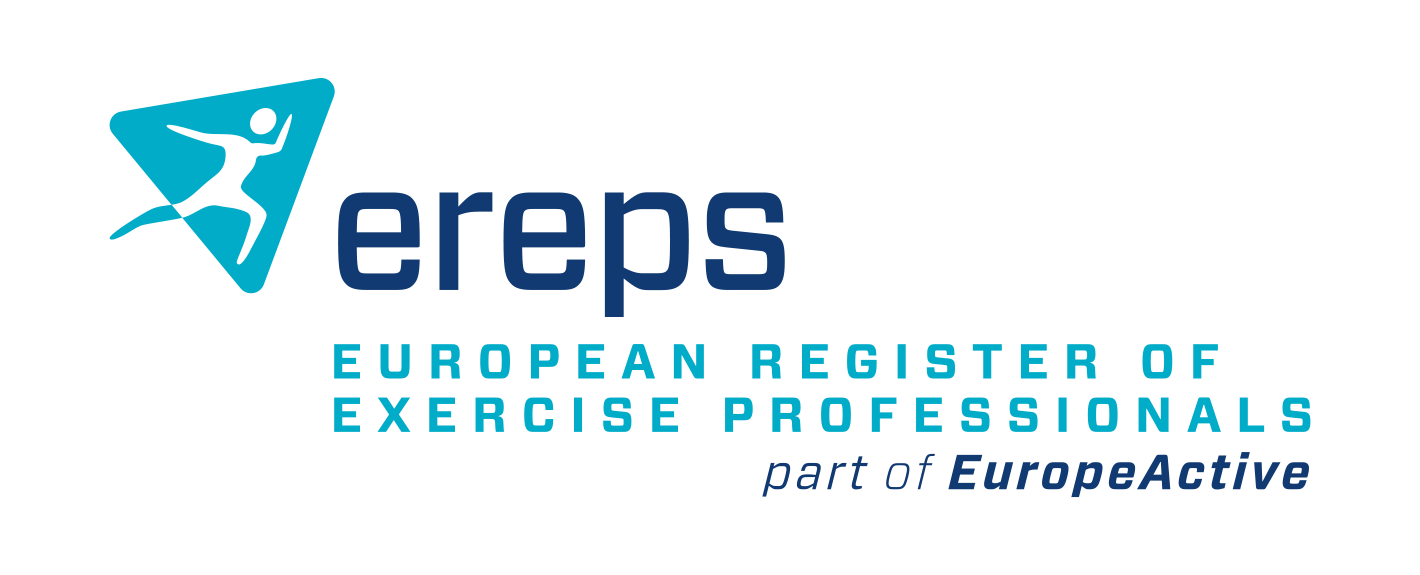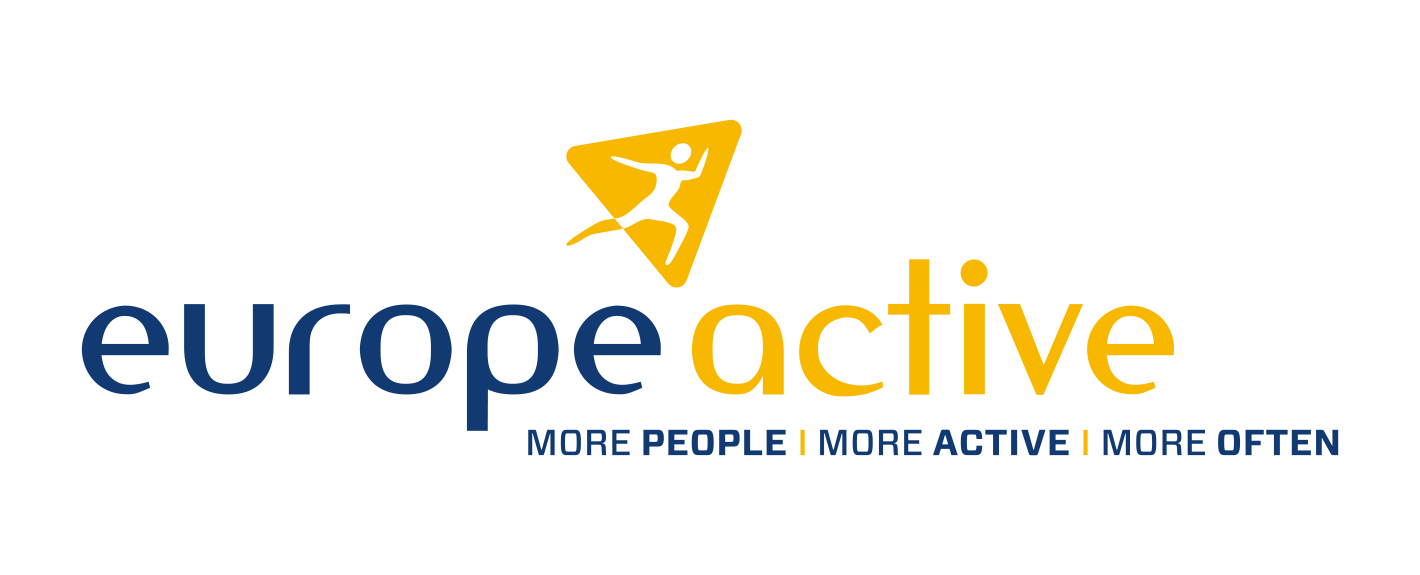Specialized in:
- Health Screening
- Strength & Conditioning
- H.I.I.T.
- Functional Training
- Outdoor Training
- Core Training
- Cross Training
- Small Group Training
- Mobility
- Weight Training and Weight Lifting
- Bodybuilding – Power Lifting – Powerbuilding
- Healthy Life Style
- Wellness consultant/wellness coaching
- Physical Activity consultant
- Gyms
- Personal Training studios
- Functional Training studios
- Outdoor P.T.*
- Home P.T.*
- Live Streaming P.T.*
- On line Programming
- Corporate: P.T.* & Small Groups
- Hotels: (Indoor – Outdoor)

Εγγραφείτε στο κανάλι μας







